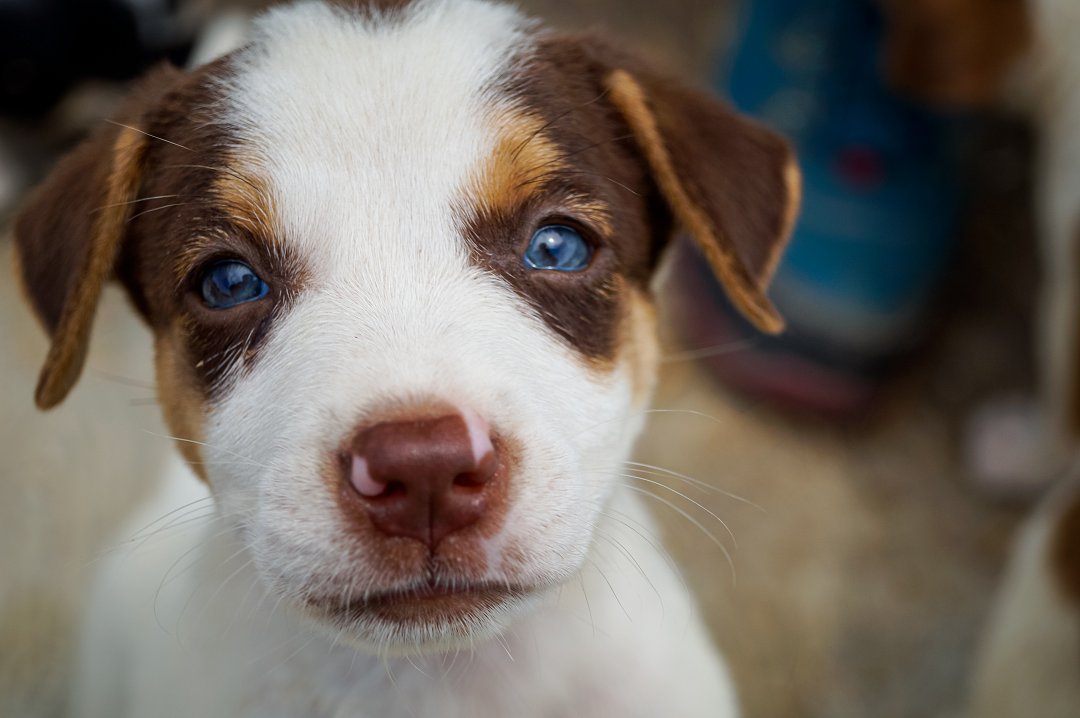Table of Contents
Introduction: Understanding the Cold Weather Tolerance of Beagles
Can Beagles survive cold weather? As a proud Beagle owner, you may have pondered this question during the winter months. The good news is that Beagles are naturally equipped to handle chilly conditions. Their thick double coat provides insulation against the freezing temperatures, allowing them to brave the frosty air and frolic in the snow. However, it’s important to understand that while Beagles can tolerate cold weather, they still need some extra care and attention to stay warm and comfortable. In this article, we will delve deeper into essential tips for keeping your Beagle cozy in chilly conditions and unveil the myths surrounding their cold weather survival abilities. So, let’s dive in and ensure your beloved furry friend stays snug all winter long.
Essential Tips for Keeping Your Beagle Warm in Chilly Conditions
When the winter season arrives, it’s important to take extra precautions to keep your beagle warm and comfortable in the cold weather. Here are some essential tips to help you ensure your beloved pet’s well-being:
1. Provide Adequate Shelter
- Make sure your beagle has a warm and dry shelter to retreat to when the weather gets chilly.
- Insulate the shelter with blankets or straw to provide extra warmth and insulation.
- Ensure that the shelter is large enough for your beagle to comfortably move around and lie down in.
2. Dress Your Beagle Appropriately
- Consider getting your beagle a dog sweater or jacket to help them retain body heat.
- Choose a well-fitting garment that covers their body and provides insulation without restricting movement.
- Avoid dressing your beagle in clothing that is too tight or uncomfortable.
3. Protect Their Paws
- Cold surfaces like snow and ice can be harsh on your beagle’s paws.
- Consider using dog boots or paw wax to protect their paws from frostbite and irritation.
- After walks, wipe their paws with a warm cloth to remove any snow or ice that may have accumulated.
4. Adjust Their Diet
- During the winter months, your beagle may require more calories to maintain their body temperature.
- Consult with your veterinarian to determine if adjustments need to be made to their diet.
- Providing warm meals and adding supplements like fish oil can also help keep them warm from the inside out.
5. Limit Outdoor Time
- While beagles can tolerate cold weather to an extent, it’s important to limit their exposure to freezing temperatures.
- Take shorter walks and provide plenty of indoor playtime to keep them active and entertained.
- Pay attention to their behavior and signs of discomfort, such as shivering or lifting their paws off the ground.
By following these essential tips, you can ensure that your beagle stays warm and safe during the chilly winter months. Remember, while beagles have some natural cold weather tolerance, it’s important to provide them with the necessary care and protection to keep them comfortable. In the next section, we will delve into the myths surrounding beagles’ ability to survive in cold weather and separate fact from fiction.
Unveiling the Myths: Can Beagles Really Survive in Cold Weather?
When it comes to the cold weather tolerance of beagles, there are many myths and misconceptions floating around. Let’s uncover the truth behind these myths and find out if beagles can really survive in cold weather.
Myth 1: Beagles Cannot Withstand Freezing Temperatures
Contrary to popular belief, beagles can actually tolerate cold weather quite well. While they may not have the same level of tolerance as breeds specifically bred for cold climates, beagles have certain adaptations that enable them to survive in chilly conditions. Their dense double coat provides insulation, keeping them warm even in freezing temperatures. Additionally, beagles have a layer of fat that acts as an extra source of insulation.
Myth 2: Beagles Cannot Handle Snow and Ice
Beagles are known for their playful and curious nature, and this extends to their behavior in snowy and icy conditions. While they may not be as equipped as breeds with longer legs or thicker coats, beagles can still enjoy romping in the snow. However, it’s important to monitor their time outdoors and ensure they don’t overexert themselves or become too cold. Providing them with proper protection, such as dog boots to prevent ice from accumulating between their paw pads, can also help keep them comfortable.
Myth 3: Beagles Need to Hibernate in Winter
Unlike certain animals that hibernate during winter, beagles do not need to go into a state of dormancy. They are active and energetic dogs that thrive on exercise and mental stimulation. However, it’s essential to adjust their routines and activities to accommodate the colder weather. For instance, you may need to shorten their walks or engage them in indoor games and puzzles to keep them entertained.
Myth 4: Beagles Cannot Adapt to Cold Climates
While beagles may not be as naturally adapted to cold climates as some other breeds, they are still capable of adapting to a certain extent. With proper acclimatization and gradual exposure to colder temperatures, beagles can build up their tolerance over time. It’s important to monitor their behavior and physical signs of discomfort, such as excessive shivering or seeking warmth, and make adjustments accordingly.
Myth 5: Beagles Don’t Need Extra Insulation in Cold Weather
While beagles have a natural coat that provides some insulation, it’s still important to provide them with additional protection in extremely cold weather. Consider outfitting them with a dog sweater or jacket to keep them warm during walks or outdoor playtime. This extra layer can make a significant difference in their comfort level and help prevent them from getting too cold.
In conclusion, beagles can indeed survive in cold weather. While they may not have the same level of tolerance as breeds specifically bred for cold climates, they have adaptations that enable them to withstand chilly conditions. By understanding their needs and providing them with proper care and protection, you can ensure that your beagle stays warm and comfortable throughout the winter season.
FAQs About: Can Beagles Survive Cold Weather?
Can beagles tolerate cold weather?
Yes, beagles have a natural tolerance for cold weather due to their dense double coat, which provides insulation and protection against chilly temperatures.
How can I keep my beagle warm in chilly conditions?
To keep your beagle warm in chilly conditions, provide them with a cozy shelter or dog house, use blankets or bedding for extra insulation, and consider using dog clothing or coats specifically designed for cold weather.
Do beagles need extra protection in freezing temperatures?
Yes, beagles may need additional protection in freezing temperatures. Consider using dog boots to protect their paws from ice and snow, and limit their time outside during extremely cold weather.
Can beagles adapt to winter climates?
Beagles have the ability to adapt to winter climates to some extent. However, it is important to monitor their exposure to cold temperatures and provide them with appropriate shelter and warmth when needed.
Do beagles hibernate during winter?
No, beagles do not hibernate during winter. They are active dogs that require regular exercise and mental stimulation regardless of the season. It is important to continue providing them with opportunities for physical activity during winter months.
Why do beagles shiver in cold weather?
Beagles may shiver in cold weather as a natural response to maintain body heat. Shivering helps generate warmth by increasing muscle activity. However, if your beagle is excessively shivering, it may indicate that they are too cold and need additional warmth.






Leave a Reply